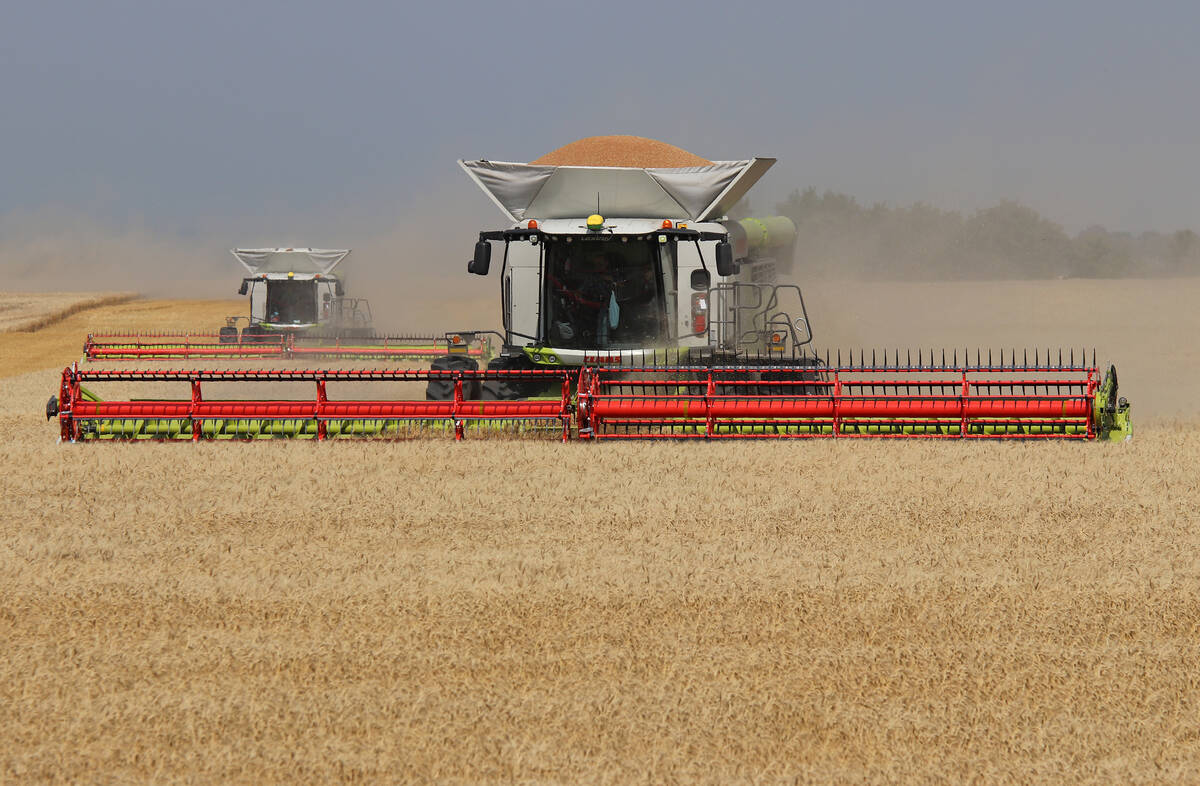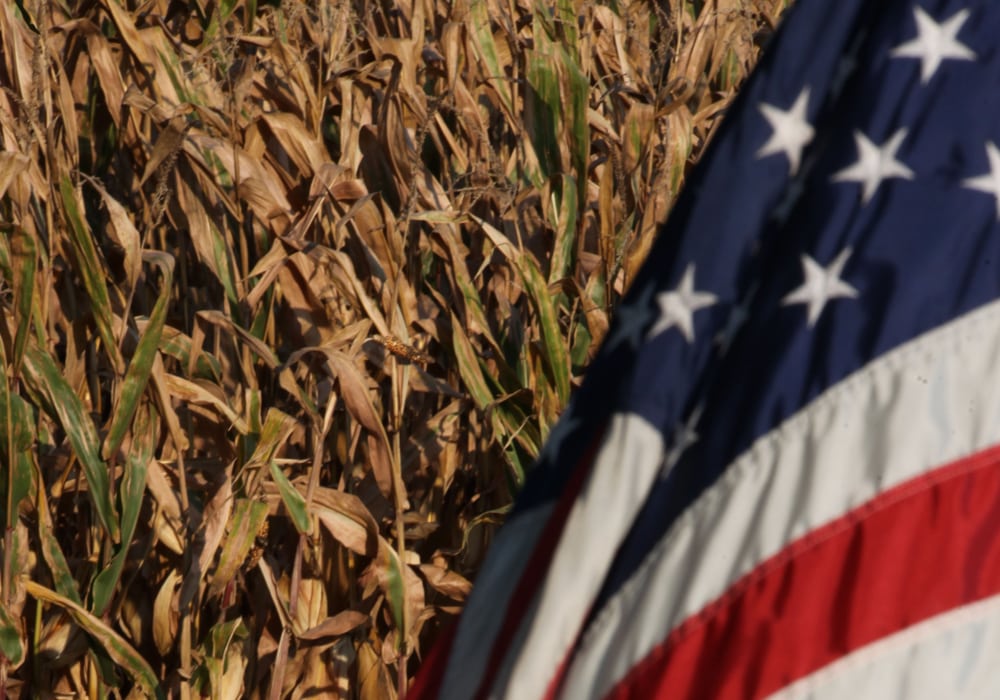Cattle feed | Analyst says demand from livestock sector will fall well below USDA’s projection
Corn markets are focused on the wrong thing, says a grain analyst.
Most of the chatter surrounding the May 10 edition of the U.S. Department of Agriculture’s World Agricultural Supply and Demand Estimates was about the burdensome supply of corn forecast for 2013-14.
“I’ve already read a bunch of newsletters that are already talking about the yield number and they’re totally disregarding demand,” said Dustin Johnson, a broker and analyst with EHedger.
The USDA is forecasting a 16 percent rebound in demand for U.S. corn to a near-record 12.92 billion bushels, up from an estimated 11.14 billion bu. in 2012-13.
Read Also

China’s grain imports have slumped big-time
China purchased just over 20 million tonnes of wheat, corn, barley and sorghum last year, that is well below the 60 million tonnes purchased in 2021-22.
Johnson thinks that is far too optimistic. The 2012-13 crop year is the 13th time since 1960 when corn use dropped by more than five percent below the trend line.
Only twice in the previous 12 cases did use increase the following year; the other 10 times it dropped even further.
The trend line calls for 12.22 billion bu. of use in the coming crop year. Johnson thinks it could end up higher than that because of the forecast for a record 14.14 billion bu. corn crop and total supply of 14.92 billion bu., but he doesn’t think it will be anywhere near the USDA’s demand number.
He is forecasting 12.35 billion bu. of total corn demand, which is a sizable 570 million bu. below the USDA’s estimate.
“We like the (USDA’s) ethanol number a lot. It’s the feed number that surprised us a little bit,” said Johnson.
He sees 4.65 billion bu. of demand from the livestock sector, which is well below the USDA’s 5.33 billion bu. forecast.
“We don’t see feed increasing that substantially given the low livestock numbers,” said Johnson.
There were five percent fewer cattle and calves on feed in the United States as of April 1 compared to a year earlier.
Johnson said export and ethanol demand can rebound quickly, but feed demand will be slow to turn around.
It takes a long time to rebuild the national herd because the average gestation period for a cow is 283 days.
His corn production estimate is 14.11 billion bu., which is below the USDA’s forecast of 14.14 billion bu.
The department’s number is based on an average yield of 158 bu. per acre, which is down from its February estimate of 164 bu.
Johnson forecasts 2.577 billion bu. of corn carryout, which he believes will drive corn prices well below last week’s new crop price of $5.30 per bu.
“I think $4.50 is an adequate target,” he said.
“We really have to drop yield below 150 (bu. per acre) for us to be really bullish again.”
The USDA forecasts two billion bu. of carryout and an average corn price of $4.30 to $5.10 per bu.
Johnson said wheat has had an unusual relationship to corn the past couple of years, with a lot of wheat being substituted for corn in feed markets. Feed wheat has been priced below corn at times this crop year, which is rare.
The livestock industry is forecast to buy 360 million bu. of wheat in 2012-13. The USDA expects that to drop to 290 million bu. next year.
Johnson thinks it could fall even further to 225 million bu. because of fewer animals on feed and hefty corn supplies.
“Wheat is kind of going back to a food product when it had been much more substantially a feed product for a full year in the U.S.,” said Johnson.
“Wheat is probably going to go back to, I’d say, a $1 premium over corn — the traditional relationship.”
















